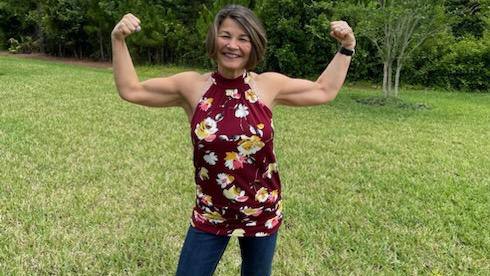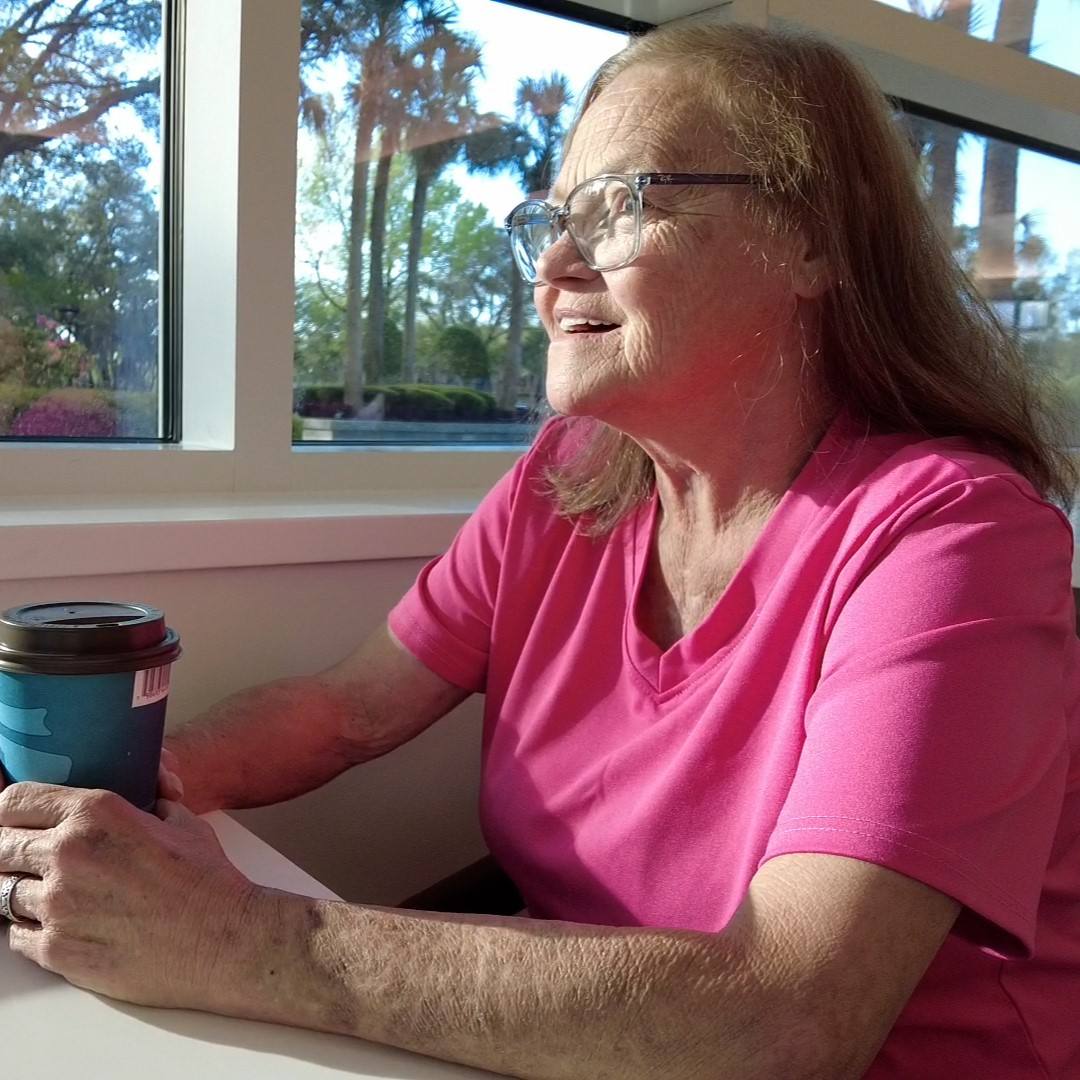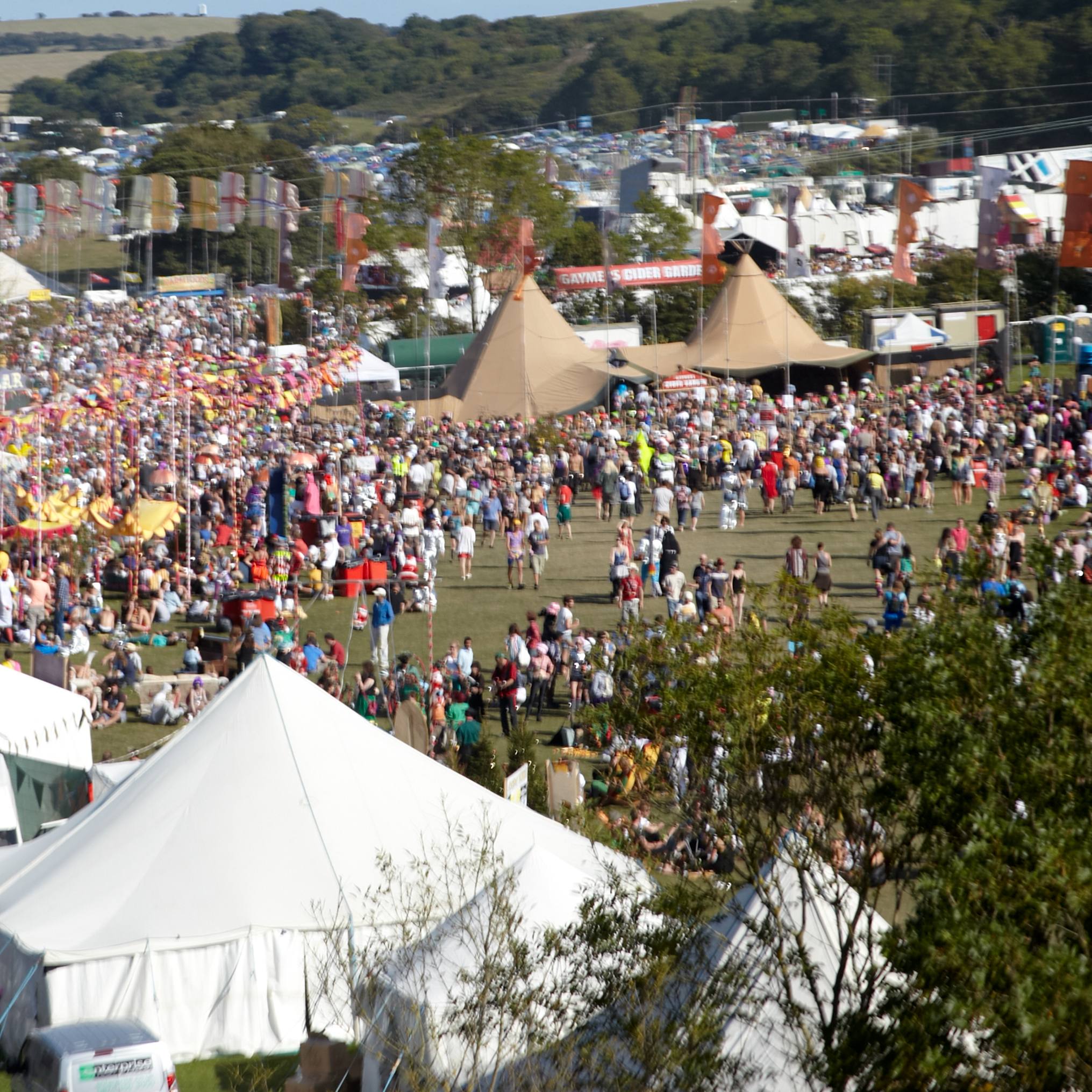
Editors note: This is a first-person account written by Kim Sidlak
I was 46 years old when I had a massive heart attack. It was a Wednesday evening, June 4, 2014. It was a day I will never forget. My grandmother and mother both died from heart issues in their early fifties, so I knew heart disease ran in my family. I had read about heart disease in women, eating healthy, staying active, and keeping my cholesterol low. I tried to do all those things. However, six months before my heart attack, my doctor put me on high cholesterol medication. The reason was because I could not get my numbers low enough with diet and exercise alone.
I was working out regularly and actively enrolled in an 8-week boot camp fitness program. Then one evening, I came home with back pain between my shoulder blades. I assumed it was muscle related. I then talked to my trainer to let him know about my family history but, we kept moving forward with working out. Three weeks later I experienced the same pain again, however this time it got increasingly more painful, I laid down and told my husband to call 911. Due to my knowledge through reading about heart disease in women, I felt like this medical concern could be heart related.
By the time the ambulance arrived, I was in excruciating pain. I remember throwing up and getting cold sweats. I passed out as the paramedics were taking me down the steps. Looking back now, I can remember them hitting me telling me and saying, “Stay with us!” As I arrived at the Emergency Department, a defibrillator was used to revive me. I was taken back to have surgery immediately. My main artery was 100% blocked and a stent was inserted to restore blood flow to my heart.
For one month my recovery included cardiac rehabilitation. It also involved being placed on multiple medications for years afterwards. I was excited about going to cardiac rehabilitation because I was active before my heart attack and wanted to be active again as soon as I could. Cardiac rehabilitation involved exercising three times a week while being monitored. Once a week I would receive education about heart disease, exercise, eating healthy, and my current medications. After the month of cardiac rehabilitation was complete, I was instructed to have someone with me while exercising which I did.
Nine years after the heart attack I follow a healthy diet, exercise daily, and pay attention to any signs or symptoms of heart disease. My diet consists of low-fat proteins including fruits and vegetables. I also eat good carbohydrates including oatmeal and whole wheat breads. I see my primary doctor and cardiologist yearly. I also monitor my blood pressure at home. Fortunately, I am currently only taking one medication.
Looking back on this experience, the most useful advice I would pass along is to stay active, follow a heart healthy diet, and manage stress as much as possible. Even moderate activity like walking is so important to our health but all these actions collectively play a role in being healthy. Be sure to talk with your doctor if you have any concerns about heart health. Know your numbers as far as blood pressure and cholesterol. I learned that heart disease does not just happen to individuals that lead an unhealthy lifestyle and I hope that my story resonates with others. I have found that total wellness requires taking care of yourself physically, emotionally, and spiritually.







